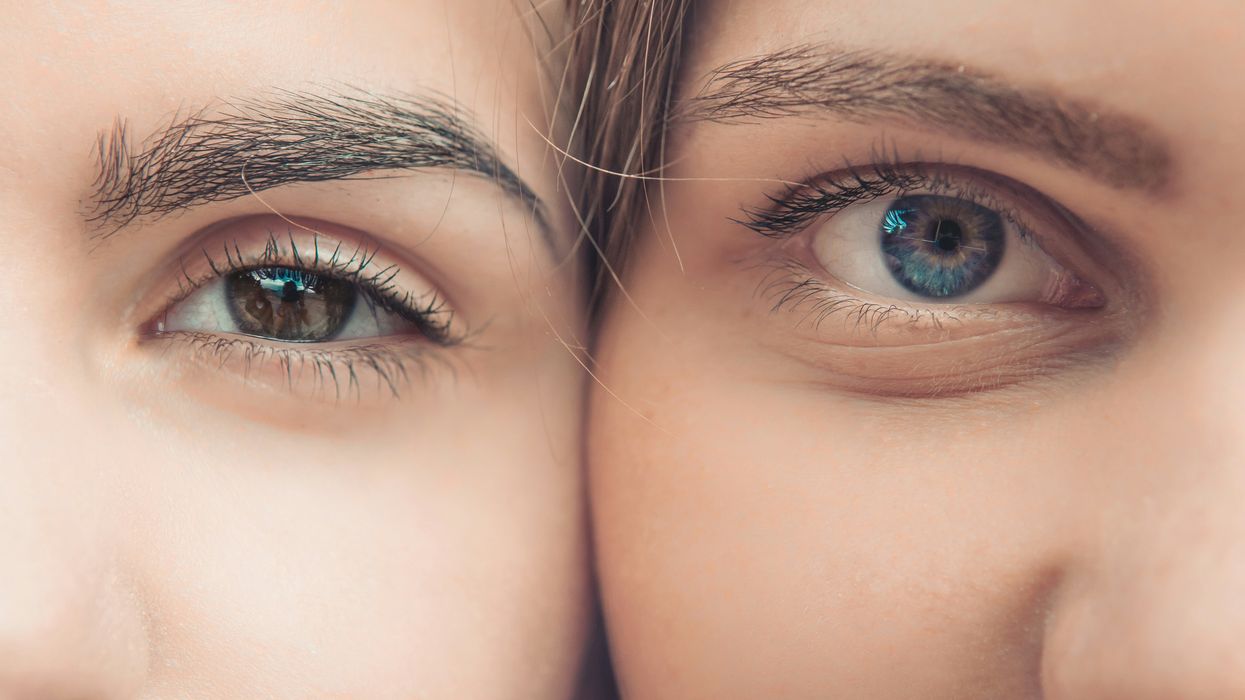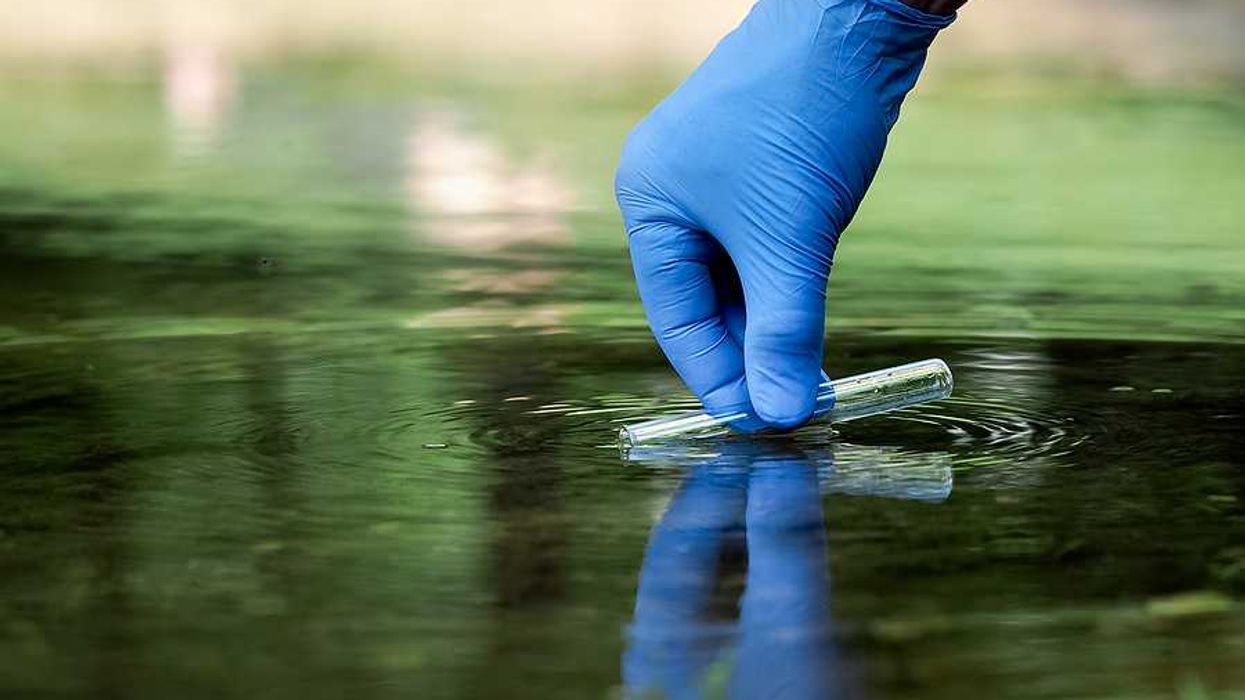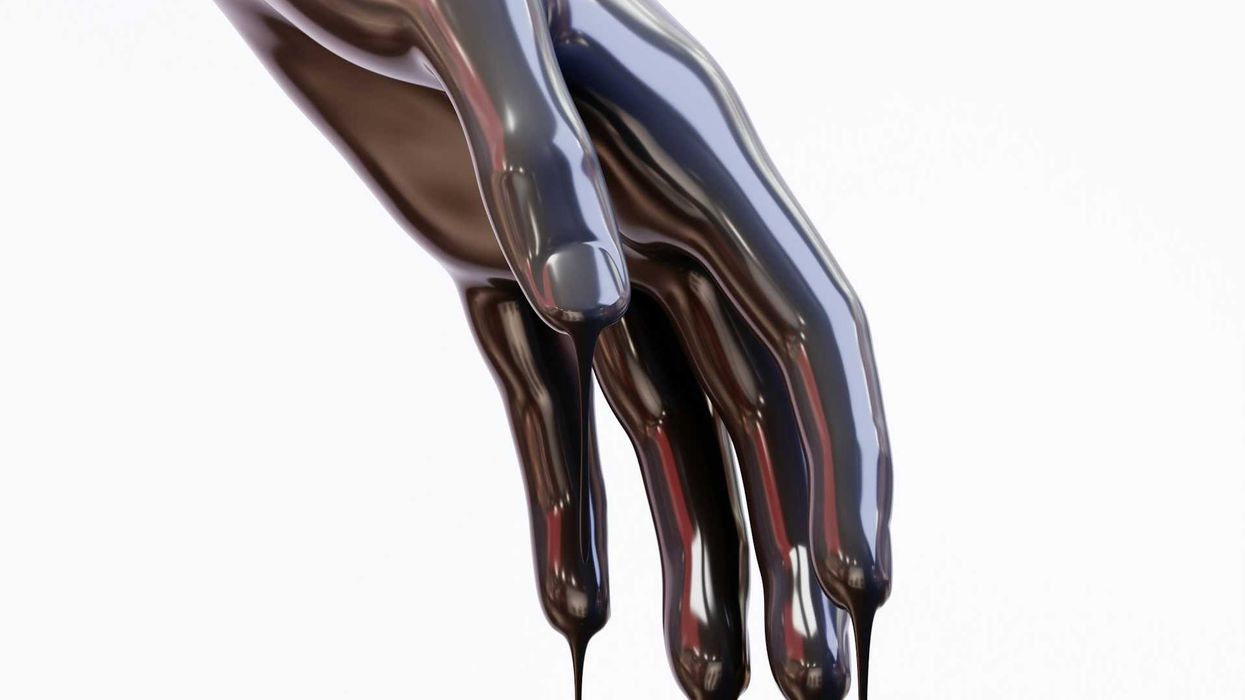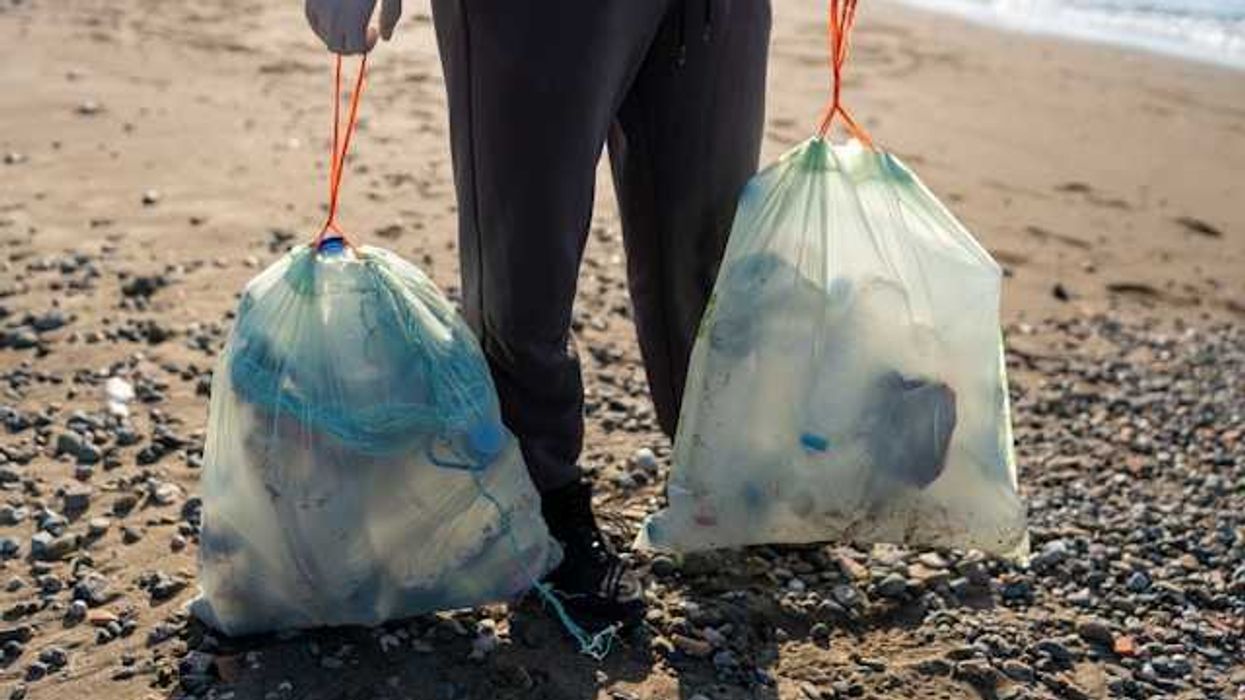Young adults who use contact lenses have higher levels of exposure to PFAS - a group of hazardous chemicals - compared to those who don’t, according to a new study published in Chemosphere.
In short:
- The difference in PFAS exposure was more pronounced in women who used contact lenses than in men.
- Nearly 5% of the contact users tested had PFAS levels above the threshold where negative health effects are expected to occur.
- According to a report from EHN, 18 of the most popular soft contact lens products contain organic fluorine, a strong indicator for the presence of PFAS.
Key quote:
“This study suggests that [contact lens] use in general U.S. young adults may contribute significantly to PFAS body burden, which can potentially lead to public health problems.”
Why this matters:
PFAS exposure has been linked to a wide range of negative health impacts, including high cholesterol, cancer, diabetes, and even eye diseases. Despite this, PFAS are a common ingredient in cosmetics, food packaging, personal hygiene products, and medical devices. As of 2016, it’s estimated that more than 24% of young adults wear contact lenses, with that number projected to grow. The authors of this study call for stronger efforts to reduce PFAS exposure that takes place through consumer goods, particularly medical products.
Related ENH coverage:
More resources:
The Mamavation website and Instagram page investigate common grocery store items for the presence of endocrine disrupting chemicals - like PFAS - to help make shopping for nontoxic products easier.

















